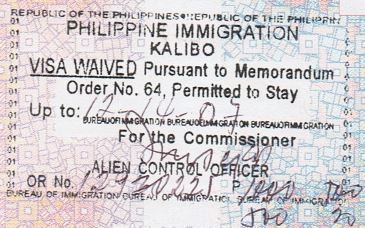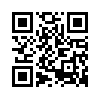Copyright
Thou shalt not steal
General Copyright
The main goals of copyright are to encourage the development of culture, science and innovation, while providing a financial benefit to copyright holders for their works, and to facilitate access to knowledge and entertainment for the public.
Copyright provides a framework for relationships between the different players in the content industries, as well as for relationships between rightsholders and the consumers of content. Copyright is a form of Intellectual Property, along with trademarks and patents in all countries
Copyright is a creation of law in each country, and therefore there is no such thing as an international copyright law.
Nevertheless, more than 160 countries have ratified a treaty, the Berne Convention, administered by the World Intellectual Property Organization (WIPO) – that sets a minimum set of standards for the protection of the rights of the creators of copyrighted works around the world.
Most national copyright laws recognize two different types of rights within copyright: Moral rights and economic rights.
Moral rights refer to the idea that a copyrighted work is an expression of the personality and humanity of its author or creator. They include:
- The right to be identified as the author of a work
- The right of integrity (that is, the right to forbid alteration, mutilation or distortion of the work)
- The right of first divulgation (that is, making public) of the work.
Your Copyright
We use code snippets from different sources. All this code is under GNU licences and we leave the credits of the authors in the respective source files.
In some cases we explicitly refer to the creator of the tool. A sample for the HaniS script you can see in our weather page.
If we use texts from other sources than our own brains, we always put a credit to the author at the end of the text. If the original text is available on the World Wide Web, then we put a link to the original website.
Over 90% of the pictures are our own pictures. But it is impossible to shoot all the pictures ourselves.
So we copy some pictures from other websites. If this happens and if we can identify the author of the picture, then we put a reference to the author in a courtesy text below the picture.
If this method is not possible for graphical or space reasons, we put the same text in a "title" statement. The text is then visible while hovering the cursor over the picture.
Should you find a text or a picture of which you are the author then two situations may apply:
We have omitted the credits to your work. Then please inform us about this fact. If possible accompanied by some kind of proof of origin. Please use the form at the end of this or any page. We then put the credits in the page.
You do not accept our use of your work. Then please inform us about this fact. If possible accompanied by some kind of proof of origin. Please use our contact form. We then remove this content without asking questions.
Our Copyright

This picture is our most copied image. It is today used in more than 30 websites. And nobody puts a credit or says thank you. That's frustrating.
The original stamp is inside our boss' passport and is used since 2008 on our website.
We could invest our time and ask all the responsible webmasters to put a credit. But frankly, we do not want to waste the time. We are happy about our "celebrity".

We hate watermarks in pictures. The picture above we had to watermark, because after the aircraft crash in Camiguin in 2012, all Norwegian newspapers and TV stations used our pictures. Finally they paid for publishing and making money with our intellectual property.
Today we use only microscopic watermarks that do not disturb the photos.
We do know, where we have put them and can detect unauthorized copies and prove our origin.
We give away whole pages, when people are asking us. A sample are our Manila Airport Guides. These pages have been integrated into websites in China, Japan, Korea and Taiwan. All these pages have a courtesy text and/or a link to our website. That's great!
If you want to use our contents, please ask us or put a courtesy text and/or a link to our website. We nearly never say no.
And if you really appreciate our work, put one of these on your website:
 or
or 